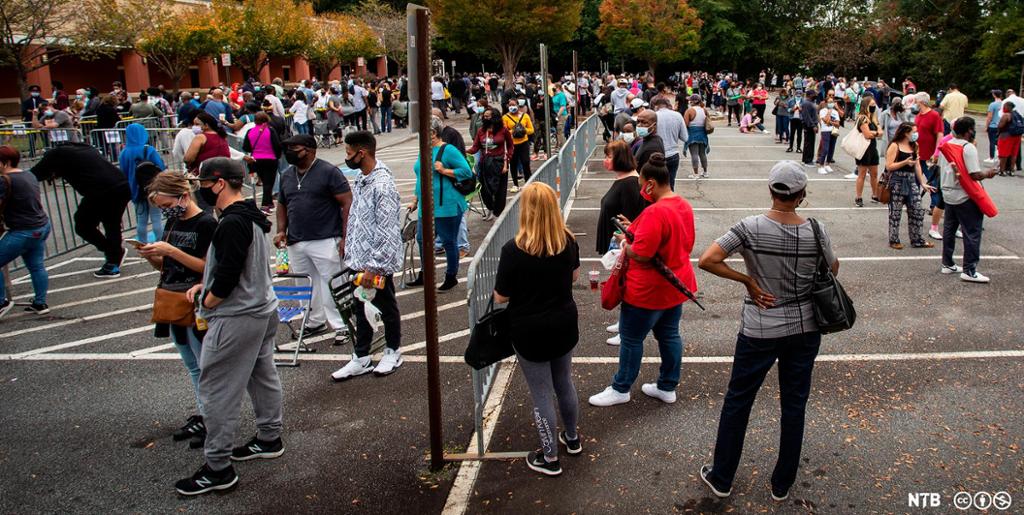Tasks: Voter Suppression in the United States

Study the text and answer the questions.
What does disenfranchisement mean?
Why was Maiyasapp's father unable to vote?
Maiyasapp claims that the justice system unfavourably targets black men, and that there is systemic racism in the justice system. What does that mean? What consequences does that have for voting?
Even in states where prisoners are not disenfranchised, it can be difficult for them to vote. Why?
Maiyasapp claims that 'ease of voting differed greatly depending upon where one lived'. In which areas do you think it is easiest to vote, and in which areas is it hardest?
Work with a partner. Discuss the questions.
The state of Georgia has made it illegal to offer food or water to people waiting in line to vote. Yet, people may have to wait in line for more than six hours. Why do you think Georgia has made it illegal to offer food or water? And why do you think better solutions have not been found to shorten the waiting time?
Would you be willing to wait over six hours to cast your vote in an election?
Is it reasonable that people convicted of a crime are not allowed to vote in elections? Do you forfeit your rights as a citizen when you are convicted of a crime?
Should there be qualifying criteria that determine who can vote in a democracy? Why/why not?
Research:
Choose one of the tasks. Research the topic, and make a presentation.
After the American Civil War, many measures were put in place to keep African Americans from gaining political influence and representation. Find out how the rights of African Americans were limited and when this began to change. Find examples of attempts to suppress the vote of African Americans today.
Find out more about the disenfranchisement of convicted felons in the United States today.
Compare disenfranchisement in the US with disenfrancisement in another English-speaking country, historically and today.
Find examples of disenfranchisement in Norway, historically and today. Explain the reasons for disenfranchisement in each example. Discuss how this has changed, or, in the case of present day disenfranchisement, whether it should change.
Relatert innhold
A blog post discussing the problem of voter suppression in the United States